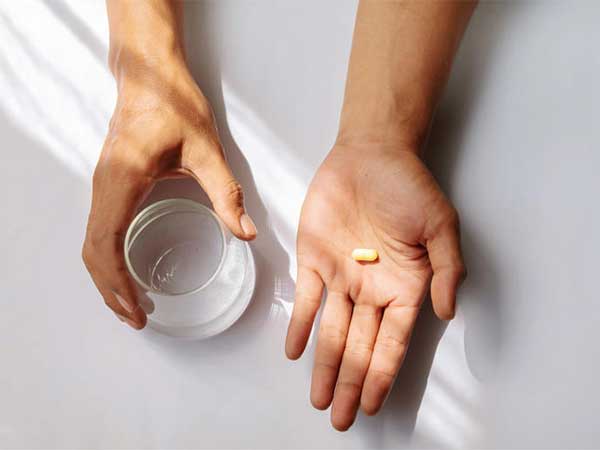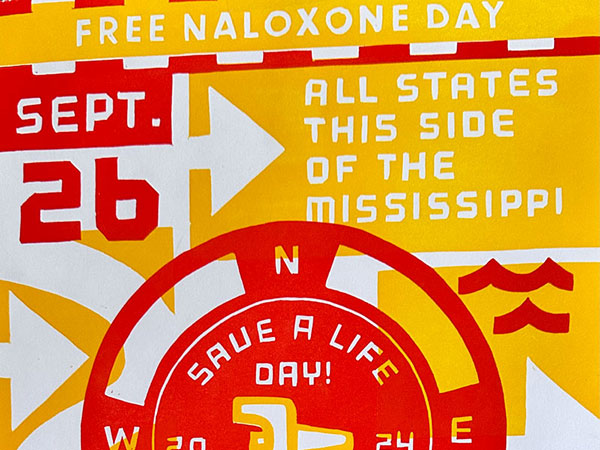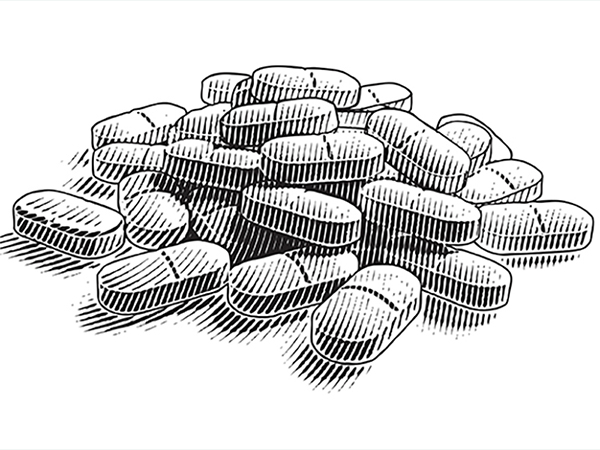External News
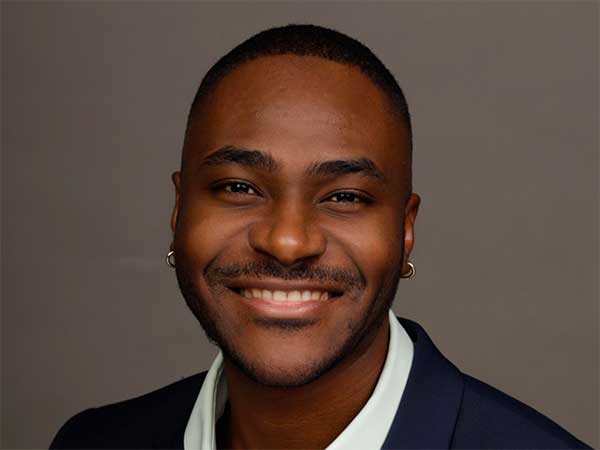
Demario Overstreet, Ph.D., an assistant professor in the University of Alabama at Birmingham
Division of Gastrointestinal Surgery, has been awarded substantial funding through the National Institutes of Health for his innovative research program, titled “Contemporary human models of postoperative pain: A biopsychosocial investigation in general surgery.”

Recent studies of psychedelic therapy, using substances like psilocybin and lysergic acid diethylamide, or LSD, show rapid and lasting improvements to conditions like depression and addiction.
Jamie Peters, Ph.D., associate professor in the Department of Neurobiology, and a team of researchers are studying a safer, more targeted version of these substances.

From holiday parties to New Year’s celebrations, the winter season is full of reasons to raise a glass. But with many festive gatherings comes a higher risk of overindulging. Knowing the safe limits for alcohol consumption is essential to keeping the holidays responsible.
Peter Hendricks, Ph.D., professor in the UAB Department of Psychiatry and Behavioral Neurobiology, provides suggestions on the best ways to celebrate responsibly.

UAB Department of Surgery Professor and Vice Chair of Basic Research Aurelio Galli, Ph.D., D.Sc., and UAB Division of Surgical Oncology Assistant Professor Angela Carter, Ph.D., along with their research team, were featured on the cover of Science Signaling and in ScienceAdvisor for their recent article, "Fusobacterium nucleatum enhances amphetamine-induced behavioral responses through a butyrate-driven epigenetic mechanism.”
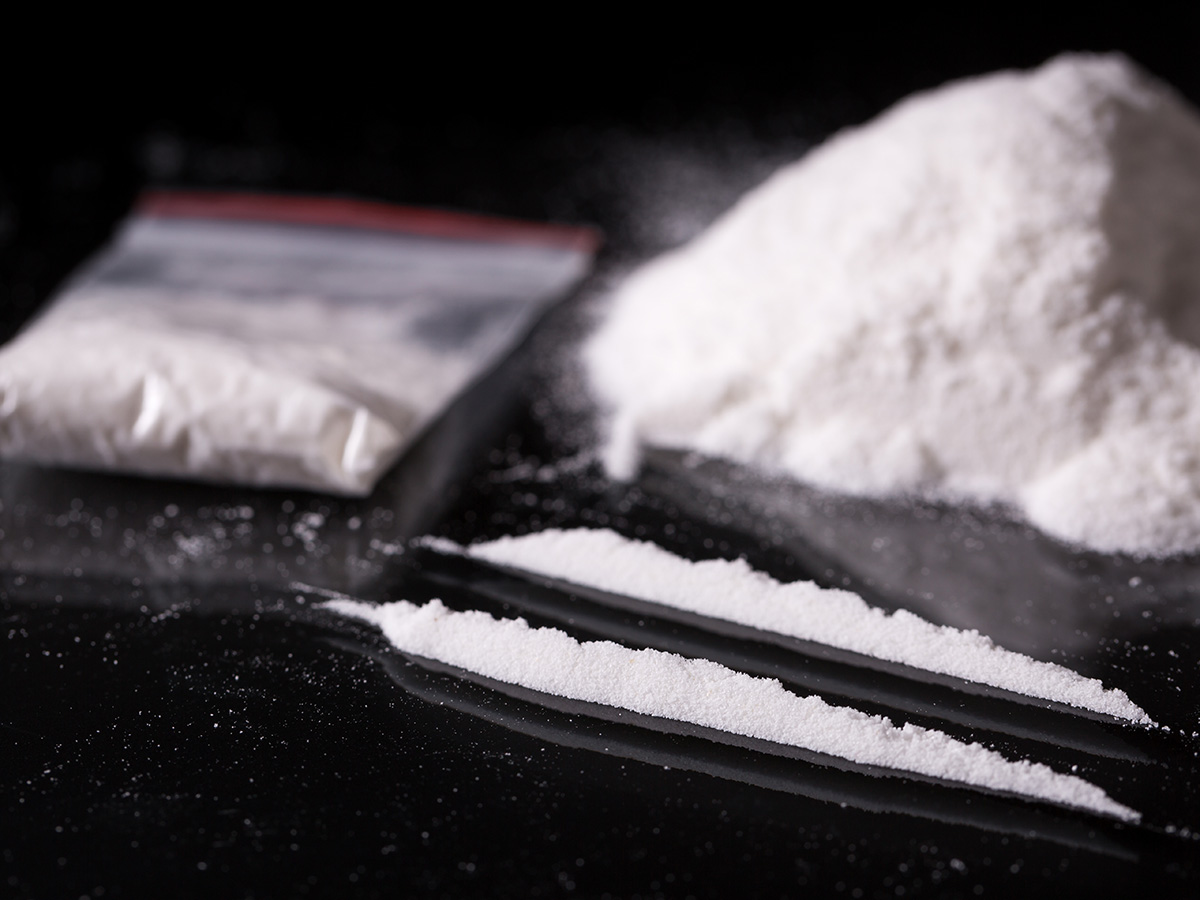
Cocaine, a drug of abuse, activates just a portion — 10 to 20 percent — of the neurons in the brain’s nucleus accumbens, a critical region linked to motivation and addiction. Though small in numbers, this activated neuronal population strongly controls drug-related behavior through downstream changes in gene expression, nerve synapses, neural circuitry and neural function that lead to behavioral change, including addiction.

When patients are scheduled for surgery at Cleveland Clinic in Cleveland, clinicians check the person’s prescription drug history embedded in the electronic health record. This history provides scores intended to predict the likelihood a patient will misuse or abuse opioids.
Experts agree the algorithm-generated scores may have some benefits. But clinicians, researchers, and patient advocates fear its adoption has come without adequate scientific validation of those benefits. Critics say the lack of demonstrated value has raised the possibility clinicians may be withholding appropriate pain medication from some patients.

Over 100 million Americans are experiencing temperatures below 10° F, with the Southeastern U.S. seeing record lows. As a result, many individuals, especially those with joint pain, are feeling the effects of the cold weather.
As one University of Alabama at Birmingham orthopaedic surgeon explains, the low temperatures—coupled with changes in barometric pressure—can intensify symptoms of joint pain, leading to discomfort and stiffness.

Multiple studies question whether opioids are the most effective way to treat chronic pain in the long term. But drug tapering is associated with deaths from overdose and suicide, with risk increasing the longer a person had been taking opioids, according to research by Dr. Stefan Kertesz, a professor of medicine at the University of Alabama-Birmingham.

